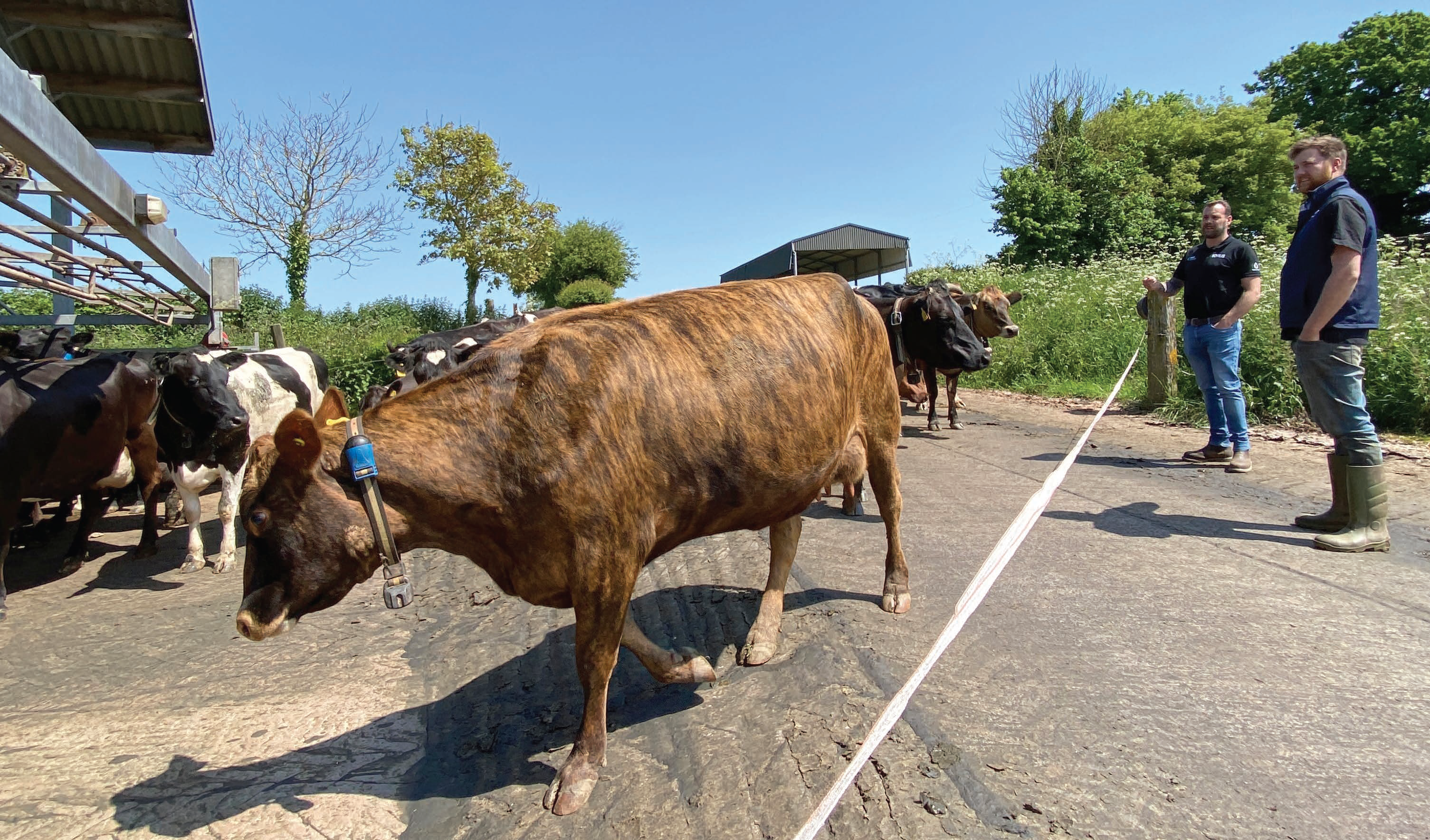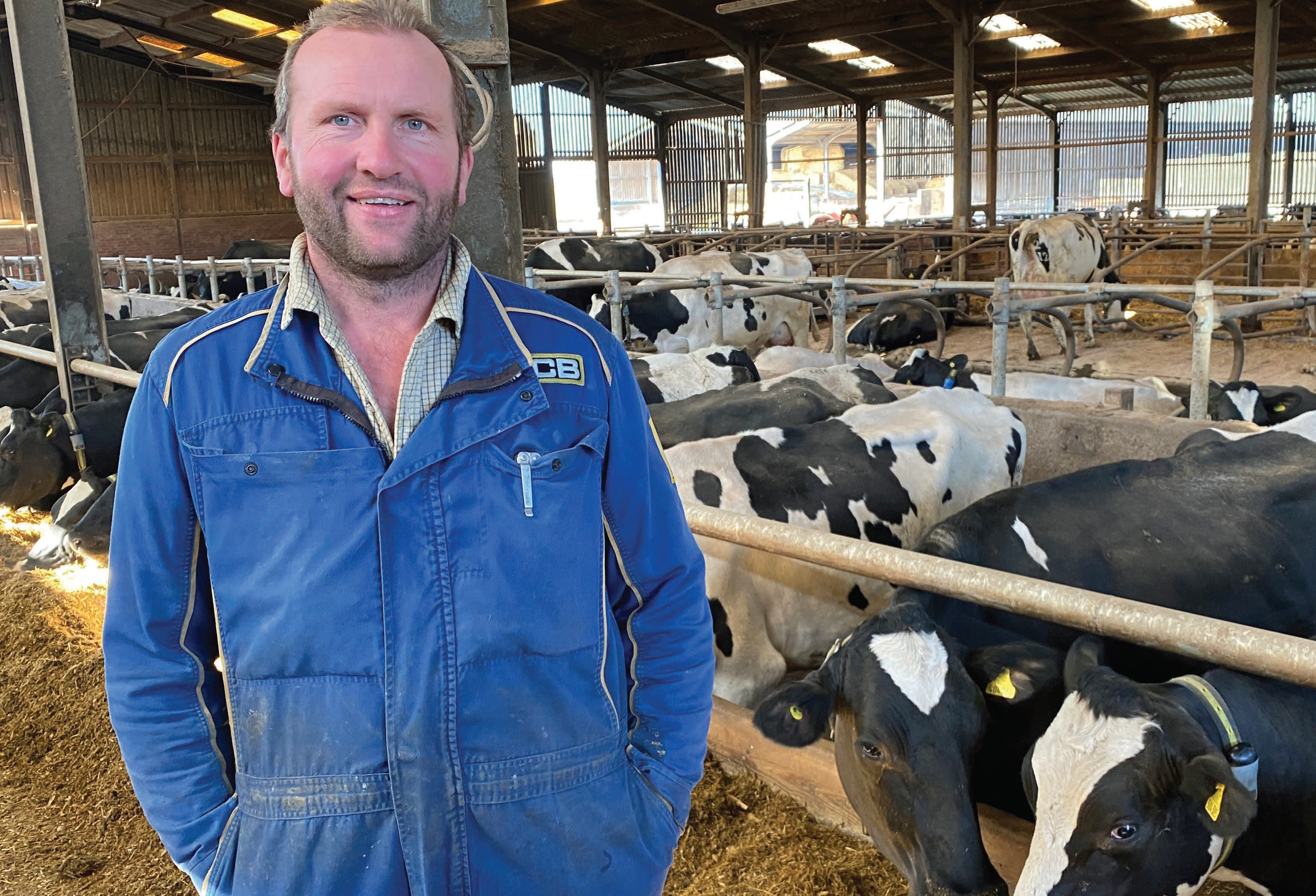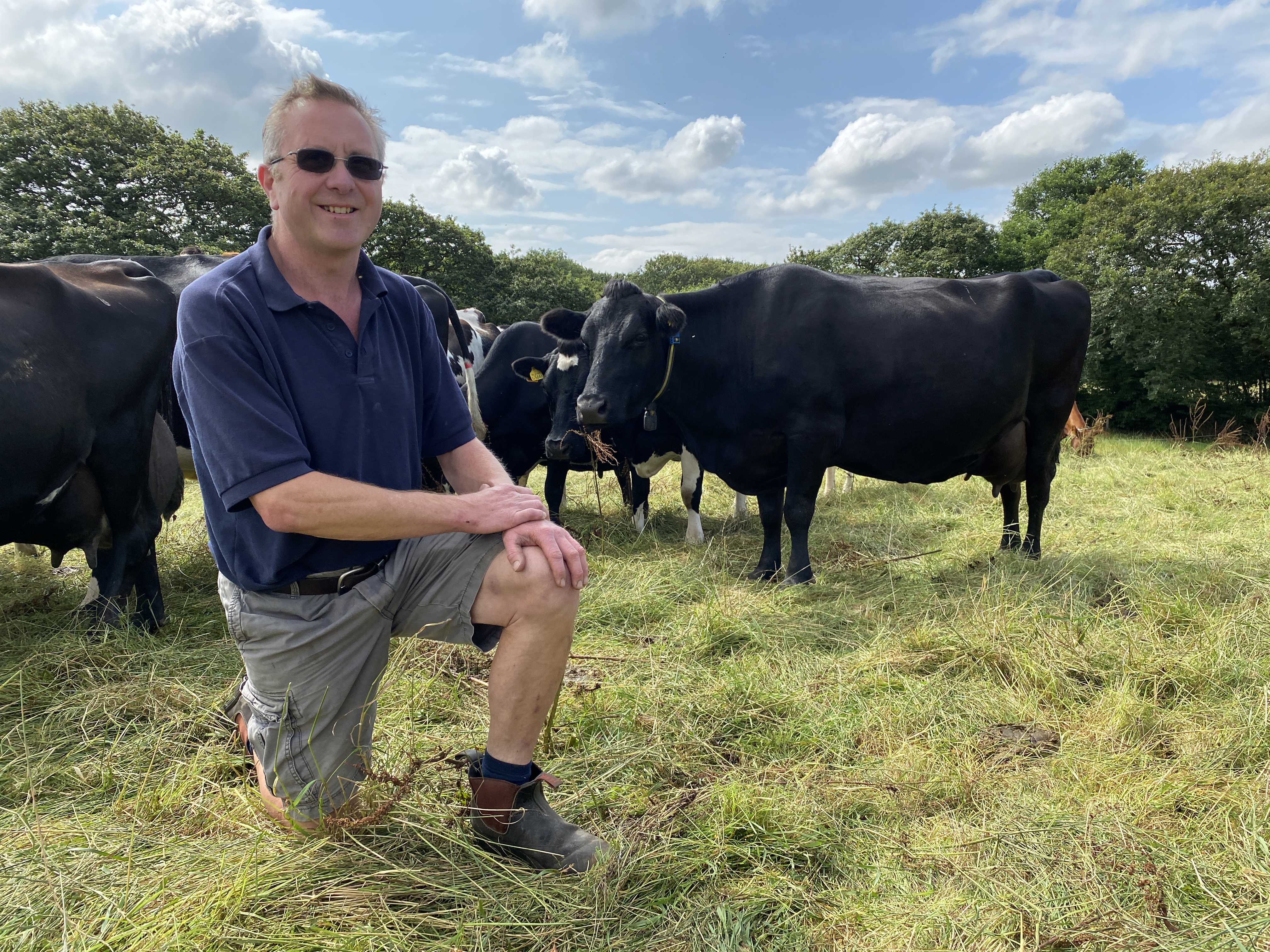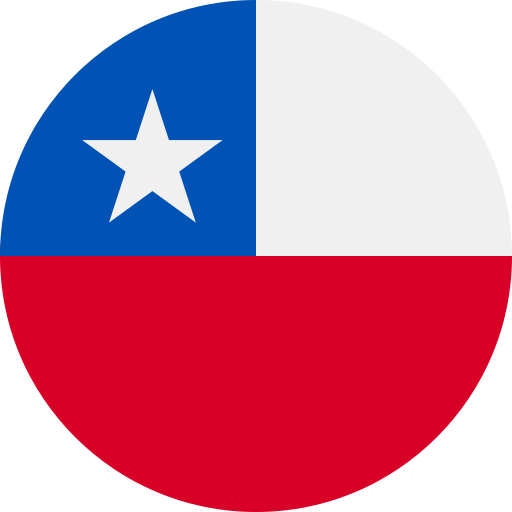The UK’s largest full-blood Wagyu beef herd has turned to SenseHub to maximise fertility rates amongst the farm’s breeding stock which, in addition to Wagyu cows and heifers, also includes Holstein heifers which are used as surrogates to carry Wagyu embryos.
Wyndford Wagyu, based at Chadwell Grange in Shropshire, was established in 2018 following the dispersal of the Maddocks family’s dairy herd. Initially consisting of just eight Wagyu cows which were imported from Germany, the enterprise has rapidly grown to more than 300 animals and is the largest full-blood Wagyu herd in the UK.
The business sells Wagyu genetics in the form of embryos, semen and stud and stock bulls and has recently started to sell beef direct to consumers via an online shop. The business’ ethos is to produce the very best beef by preserving the herd’s full-blood status and to produce the top 1% of the breed’s genetics: the herd has already produced some of the breed’s top bulls including Wyndford Itoguni 308H, the World’s number one bull for marble score.
The herd has expanded through the use of artificial insemination using a combination of conventional and sexed semen on the Wagyu breeding stock, with an additional 180 Holstein heifers used as recipients to carry Wagyu embryos, which are produced either conventionally or via IVF.
This year, 130 Wagyu calves will be born, 90% of which will be carried by the Holstein surrogates: all Holstein heifers are sourced from high health herds in the UK with each animal tested for BVD, IBR, neospora and Johne’s prior to purchase. All home-bred animals are also tissue sample tested using Allflex TST (tissue sampling tag) ear tags to record their genetics and for disease profiling purposes.
To produce as many Wagyu calves as quickly as possible, SenseHub ear tags are used to detect heats in the Wagyu and Holstein populations: Holstein heifers arrive at 11-13 months old and are immediately fitted with a SenseHub ear tag to determine when they are ready to receive an embryo (typically at around 14 months).
Once confirmed in calf, the Holstein heifers have their SenseHub ear tag removed before being put out to grass for the remainder of the gestation. The ear tag is then assigned to a heifer in the next batch of animals, with freshly calved heifers subsequently sold at one of two local livestock markets.
Like the Holstein heifers, the Wagyu heifers are also fitted with a SenseHub ear tag to detect heats: the Wagyu breed is notoriously docile and less inclined to display strong heat signals, with the SenseHub system now an essential element of the herd’s management regime to make it quick and easy to determine when each heifer is ready to be inseminated.
The SenseHub tags are left in place for those Wagyu cows that are earmarked to go into the farm’s embryo flushing programme, thereby enabling the Wyndford team to keep a constant eye on key health and fertility indicators and to ensure each heifer and cow contributes fully to the farm’s breeding programme.
By accurately spotting heats and highlighting animals which aren’t showing signs of oestrus, the SenseHub tags enable the herd’s management team to concentrate their efforts on those animals which aren’t bulling properly and to address any health or nutrition issues to get any non-cycling animals back into the system as quickly as possible.
SenseHub ear tags are used to monitor fertility and health indicators in Wyndford’s Holstein and Wagyu heifers.





 Argentina
Argentina Australia
Australia Belgium (Dutch)
Belgium (Dutch) Brazil
Brazil Chile
Chile Colombia
Colombia Czech Republic
Czech Republic Finland
Finland France
France Germany
Germany Ireland
Ireland Italy
Italy Japan
Japan Mexico
Mexico New Zealand
New Zealand Norway
Norway Panama
Panama Poland
Poland Portugal
Portugal Spain
Spain Sweden
Sweden United Kingdom
United Kingdom Global
Global